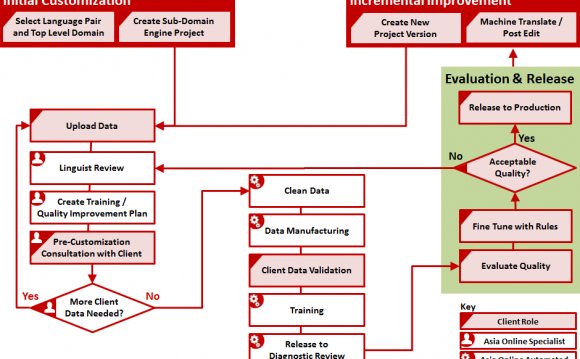
Machine translation has been a developing field since the 1940’s. It has been steadily evolving with many new approaches and techniques, especially in recent years. There is a lot of misinformation and confusion around machine translation and its use, capabilities, purpose.
In order to provide clear and authoritative answers on many of the most common questions, the Asia Online team has assembled a list of common questions with answers and links to more detailed information and categorized them in easy to find sections.

Machine Translation Basics (MT 101)
Types of Machine Translation
There are two main approaches to machine translation, the older Rules-Based Machine Translation (RBMT) and the more recent Statistical Machine Translation (SMT). Historically there have been other approaches to machine translation such as Example based Machine Translation, which had some success, but is not widely used.
Gaining ground today is another approach called Syntax Based Machine Translation, which is based on the idea of translating syntactic units rather than single words or strings of words. At this time, a pure Syntax Based approach is still too slow for most uses, but a hybrid model that combines elements of Syntax with Rules and Statics such as Language Studio™ can benefit from strengths of all the approaches with only minimal impact on translation speed.
MORE TRANSLATION VIDEO












